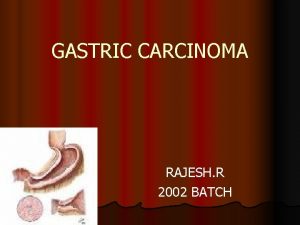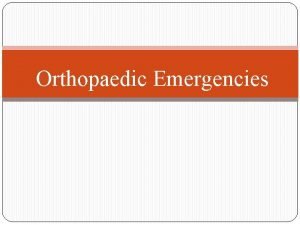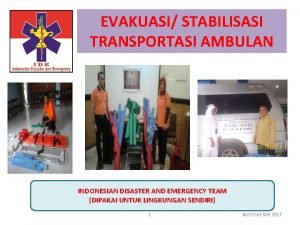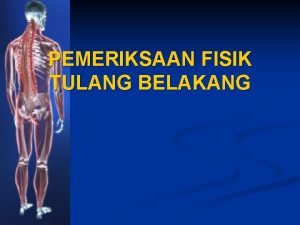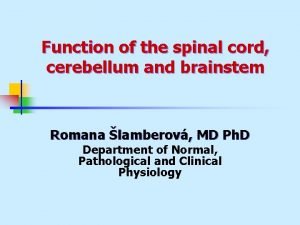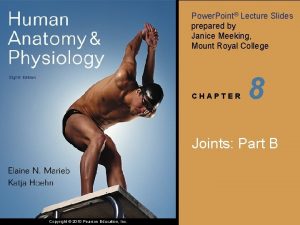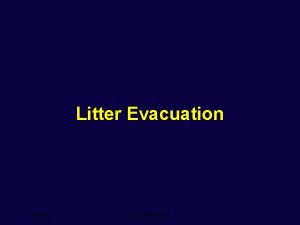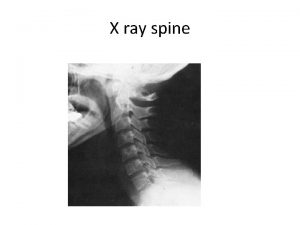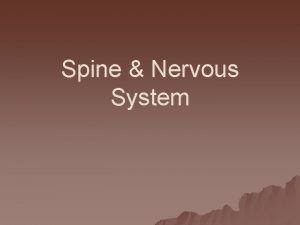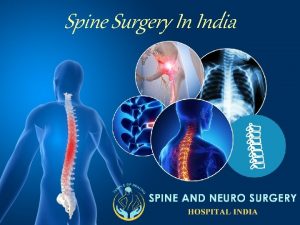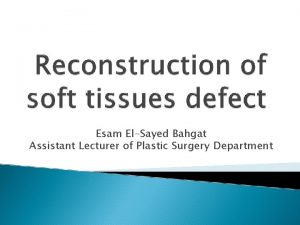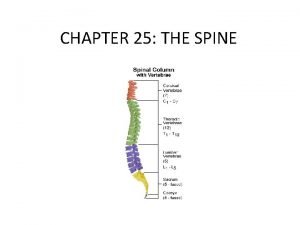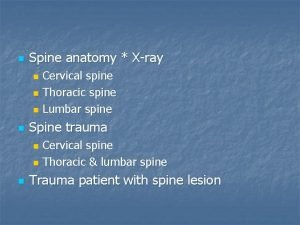Esam Alattar M D Ph D Spine surgery









![References : [1] Lee SH, Lee JS, Sung SK, Son DW, Lee SW, Song References : [1] Lee SH, Lee JS, Sung SK, Son DW, Lee SW, Song](https://slidetodoc.com/presentation_image_h2/6151d318d60729e30f6612175137f14a/image-10.jpg)
- Slides: 10

Esam Alattar, M. D. , Ph. D. Spine surgery

Purpose: Ø There are many researches that focus on the relationship between the vertebral artery and uncinate process (UP), there were no publications concerning difference in the dimensions of the UP between the normal spine and degenerative spine. v Anatomic parameters that can be used as a guide for the procedure in intervertebral foramen decompression. v Analysis of the morphometric change in the UP of the cervical spondylosis patients. Methods: Ø Forty patients from January 2016 to January 2019 were enrolled in this study. Ø 3 D CT of the cervical spine were performed. q subdivided into two groups : v non degenerative cervical spine group (20 cases). v Six parameters concerning the height, width and angle of the UP were measured.

Parameter A and B The axial view of a cervical vertebra demonstrating it. v The distance a (AB) : distance from the midline of cervical vertebral body to the medial pedicle cortex. v The distance b (AC) : distance from the midliane of cervical vertebral body to the lateral pedicle cortex.

Parameter C The axial and coronal view of a cervical vertebra demonstrating the parameter C. The distance c (DE) : the vertical distance between upper border of the vertebral body and the minimum height point of the uncinate process. Parameter D The axial and coronal view of a cervical vertebral demonstrating the parameter D. The distance d (FG) : the vertical distance between upper border of the vertebral body and the maximum height point of the uncinate process.

Parameter E and F The axial and coronal view of cervical vertebra demonstrating the parameter E and F. The distance e (IH) : the distance between the midline of vertebral body and the medial border of the uncinate process.

Parameter E and F The distance f (KJ) : the distance between the midline of vertebral body and the lateral border of the uncinate process.

Results: v In nondegenerative group, the average pedicle width was 3. 63 mm– 5. 91 mm from C 3 to C 7. v. The average width of safe UP resection will be : C 3 C 4 C 5 C 6 C 7 3. 06 mm 3. 12 mm 3. 28 mm 2. 74 mm 2. 01 mm v The average safe depth will be : C 3 C 4 C 5 C 6 C 7 6. 04 mm 6. 52 mm 7. 61 mm 6. 07 mm 5. 09 mm

Results: Ø v v There are statistic difference between degenerative group and nondegenerative group, especially in the parameter : minimum height of UP. maximum height of UP. medial border's distance of UP. later border's distance of UP.

Conclusion: q In this retrospective study, our results suggest that for the patients who suffered from cervical spondylosis could be performed intervertebral foraminotomy decompression by resecting part of the UP. q The safe range within the spinal canal was up to 6. 73 mm of width between inferior vertebral endplate and superior vertebral endplate in the intervertebral space q Up to 5. 09 mm of depth from medial border of the UP to the lateral side at C 3 to C 7 without interfering the spinal nerve root and vertebral artery. The translational potential of this article: q Our study found : v The safe margin to perform intervertebral foramen decompression to the UP for the cervical spondylosis patients. v This may help to improve safeness of the surgical procedure. v Provide data for future robotic surgery.
![References 1 Lee SH Lee JS Sung SK Son DW Lee SW Song References : [1] Lee SH, Lee JS, Sung SK, Son DW, Lee SW, Song](https://slidetodoc.com/presentation_image_h2/6151d318d60729e30f6612175137f14a/image-10.jpg)
References : [1] Lee SH, Lee JS, Sung SK, Son DW, Lee SW, Song GS. The effect of uncinate process resection on subsidence following anterior cervical discectomy and fusion. J Kor Neurosurg Soc 2017; 60(5): 550– 9. [2] Park MS, Moon SH, Kim TH, Oh JK, Jung JK, Kim HJ, et al. Surgical anatomy of the uncinate process and transverse foramen determined by computed tomography. Global Spine J 2015; 5(5): 383– 90. [3] Bozbuga M, Ozturk A, Ari Z, Bayraktar B, Sahinoglu K, Gurel I. Surgical anatomic evaluation of cervical uncinate process for ventral and ventrolateral subaxial decompression. Okajimas Folia Anat Jpn 1999; 76(4): 193– 6. [4] Petty P. Surgical anatomy of the anterior cervical spine: the disc space, vertebral artery, and associated bony structures. Neurosurgery 1997; 41(1): 325. [5] Machino M, Yukawa Y, Imagama S, Ito K, Katayama Y, Matsumoto T, et al. Agerelated and degenerative changes in the osseous anatomy, alignment, and range of motion of the cervical spine: a comparative study of radiographic data from 1016 patients with cervical spondylotic myelopathy and 1230 asymptomatic subjects. Spine (Phila Pa 1976) 2016; 41(6): 476– 82. [6] Ebraheim NA, Lu J, Haman SP, Yeasting RA. Anatomic basis of the anterior surgery on the cervical spine: relationships between uncus-artery-root complex and vertebral artery injury. Surg Radiol Anat 1998; 20(6): 389– 92. [7] Lu J, Ebraheim NA, Yang H, Skie M, Yeasting RA. Cervical uncinate process: an anatomic study for anterior decompression of the cervical spine. Surg Radiol Anat. 52– 249: (4)20; 1998
